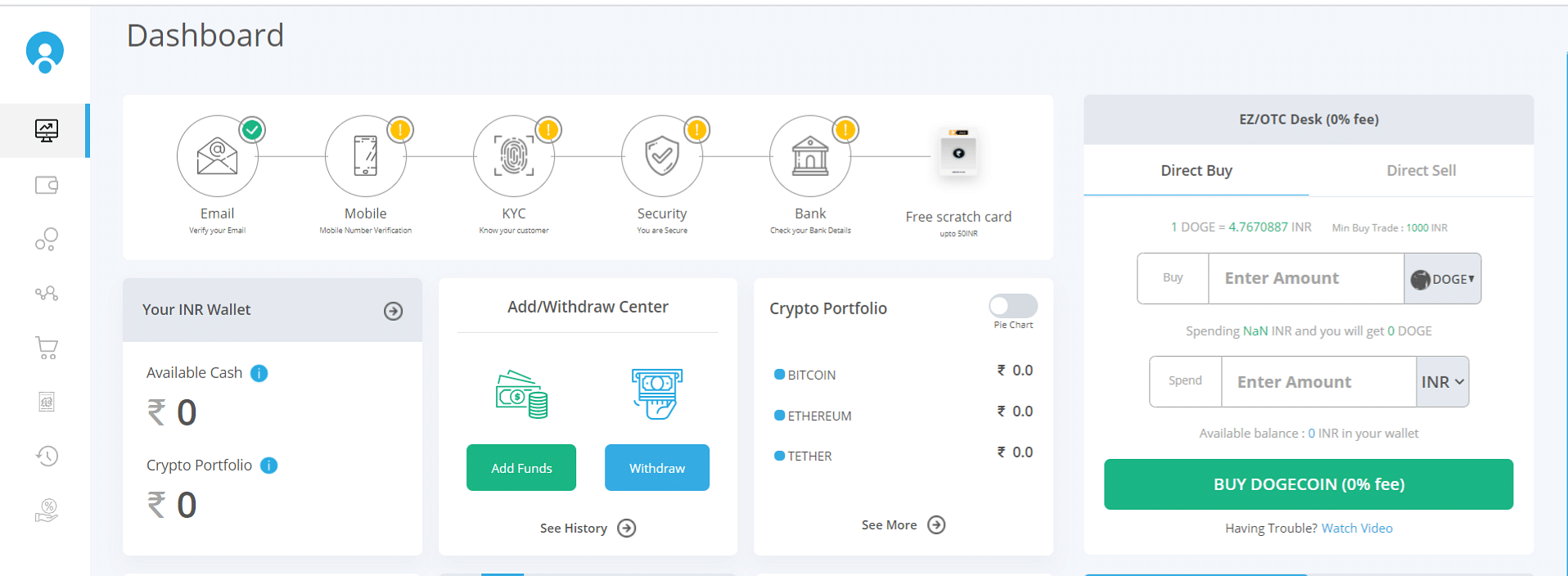On Tuesday, April 20, 2020, Dogecoin surged to an impressive value of $1, marking this day as “Doge Day.” Since then, Dogecoin has transitioned from being a mere joke to a cryptocurrency phenomenon that has captivated the attention of investors and enthusiasts alike. Public figures such as Elon Musk and Snoop Dogg, along with companies like Snickers, have played crucial roles in sparking widespread interest in Dogecoin and its mining.
This tutorial aims to explore the depths of Dogecoin, providing you with foundational knowledge about its origins, mechanics, and the current trends that surround it. By the end of this read, you’ll have all your questions about “What is Dogecoin?” comprehensively answered.
What Is Dogecoin?
Dogecoin is a peer-to-peer, open-source cryptocurrency, often considered an altcoin to Bitcoin. It offers its users a decentralized and secure environment, free from the interference of third parties during transactions. This uniqueness has led to its growing appeal in the cryptocurrency market.
Dogecoin
How Was Dogecoin Started?
Dogecoin was conceived on December 6, 2013, by two software engineers: Billy Marcus, who worked for IBM, and Jackson Palmer from Adobe. Created as a lighthearted jab at the rapid rise of various cryptocurrencies, Dogecoin drew inspiration from the beloved Doge meme featuring a Shiba Inu. Remarkably, what began as a joke turned into a serious player in the cryptocurrency market, boasting a value around $45 billion today.

Founders: Jackson Palmer and Billy Marcus
The Rise of Dogecoin
Following its launch in 2013, Dogecoin garnered a considerable following among cryptocurrency enthusiasts who simply wanted to explore and experiment. The situation escalated when platforms like Reddit began rewarding their contributors with Dogecoin, which raised its profile significantly. In 2014, the coin’s trading volume surged, lifting it alongside more established cryptocurrencies, particularly Bitcoin.
Notably, Elon Musk’s consistent promotion of Dogecoin through social media has been a pivotal force in its rise. A famous tweet featuring a faux “Doge” magazine cover sent Dogecoin prices skyrocketing, with one tweet stating, “Doge barking at the moon” leading to a staggering 600% increase in value.
Thanks to these high-profile endorsements and strategic social media interactions, Dogecoin has achieved impressive valuations and gained a robust community of supporters.

How Does Dogecoin Work?
Much like Bitcoin and Ethereum, Dogecoin operates on blockchain technology. This decentralized ledger securely records all transactions, eliminating the need for centralized authority. Here’s a simplified version of how it works:
- Each user has a digital wallet with a public key and a private key.
- Users can initiate a transaction by entering the recipient’s wallet ID and public key.
- Once a transaction request is made, Dogecoin miners all over the world are notified to validate the transaction.
- Miners check whether the sender has sufficient Dogecoin for the transaction, then approve it.
- Simultaneously, miners compete to collate and process pending transactions.
- The best result from this computational effort yields a hash number for the transaction, rewarding the successful miner with 25 Dogecoins.
- Both involved parties receive confirmation of the transaction, with the Dogecoin transferred to the sender’s wallet within minutes.

How Can You Buy Dogecoins?
Purchasing Dogecoin is a straightforward process and can be done through a few simple steps:
- Open a Digital Wallet: You might consider using BuyUcoin, a popular application for cryptocurrency trading.
- Register Your Account:
- Verify Your Identity (KYC): Complete the required steps to provide documents for identity and address verification.
- Add Your Bank Details:
- Secure Your Account: Create a trading pin for added security.
- Start Trading: Once your account is set up and verified, you can begin buying and trading Dogecoin.

Pros and Cons of Dogecoin
As with any cryptocurrency, Dogecoin has its advantages and drawbacks. Here’s a look at some of them:
Pros:
- Faster transaction confirmation times.
- Low transaction fees.
- A friendly and devoted community supportive of Dogecoin.
- The lower value of Dogecoin encourages its use for microtransactions, especially on social platforms and online games.
- Widespread acceptance among merchants.

Cons:
- Mining may not be profitable due to its low value relative to the volume of coins.
- As an inflationary currency, Dogecoin may not hold significant investment potential.
- Limited functionalities, lacking smart contracts.
- Limited options for purchasing Dogecoin compared to other cryptos (e.g., Coinbase does not support it).
- Considered less secure than other major cryptocurrencies.

Uses Of Dogecoin
Today, numerous companies, ranging from restaurants to online services, accept Dogecoin for transactions. Its use is diverse, spanning various industries, and significant firms such as MonsterMeg and FlokiNET prominently utilize Dogecoin for their payment systems.
Master Java programming and elevate your career with the Java Certification Course by Simplilearn. Gain in-demand skills and become job-ready. Enroll now and transform your future!



